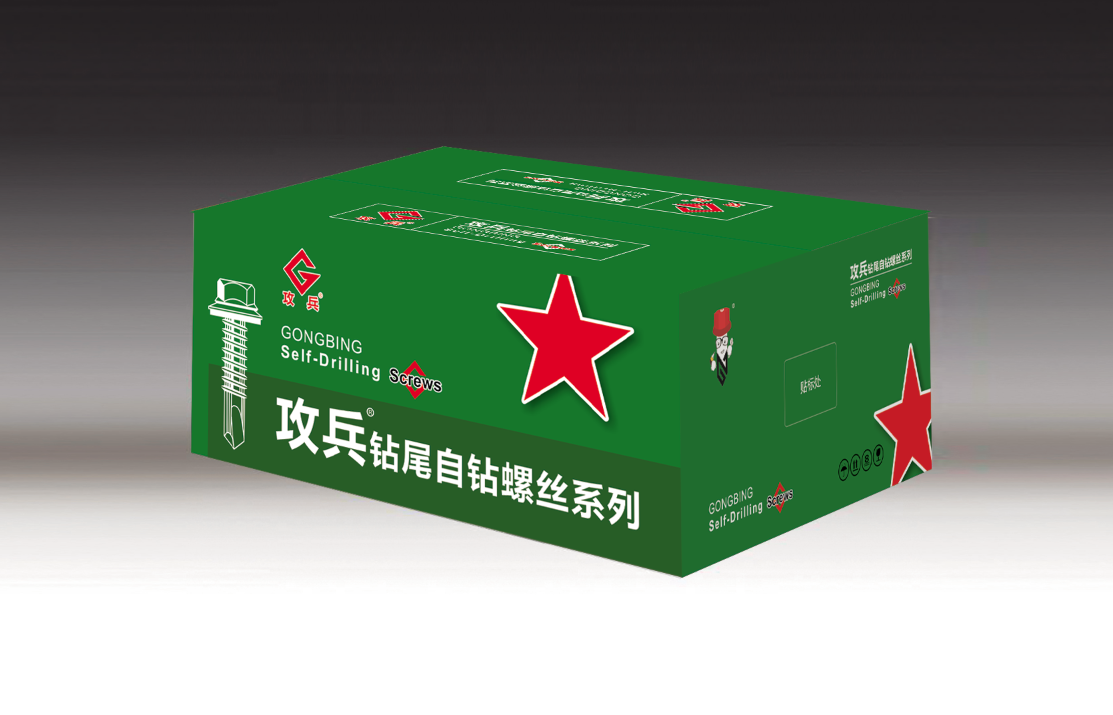Choosing the Right Screws for Your Chipboard Flooring Installation and Maintenance Needs
Understanding Chipboard Floor Screws The Essential Fasteners for Flooring Projects
When it comes to installing a chipboard floor, choosing the right type of fasteners is crucial for ensuring the durability and stability of the flooring. Among various fasteners available, chipboard floor screws have emerged as the preferred choice for professionals and DIY enthusiasts alike. In this article, we will explore what chipboard floor screws are, their advantages, and essential tips for using them effectively.
What Are Chipboard Floor Screws?
Chipboard floor screws are specially designed fasteners used for securing chipboard sheets to a subfloor or joists. Constructed from high-strength steel, these screws often feature a unique thread design and a sharp tip that allows for easy penetration into the chipboard material. They are typically available in various lengths and diameters, making them suitable for different thicknesses of chipboard.
Advantages of Chipboard Floor Screws
1. Enhanced Holding Power One of the primary benefits of chipboard floor screws is their superior holding strength. The threaded design ensures a secure grip within the chipboard, which helps prevent loosening or warping over time. This is particularly important in flooring applications, where stability is paramount.
2. Reduced Risk of Damage Unlike traditional nails, screws provide better control during installation. Their ability to grip more firmly means that the chances of splitting the chipboard are significantly reduced, thereby preserving the integrity of the floor material.
3. Easy Installation Most chipboard floor screws come with a self-drilling tip, which allows them to penetrate the material easily without the need for pre-drilling. This saves time during the installation process and makes it more convenient for users.
chipboard floor screws

4. Corrosion Resistance Many chipboard floor screws are treated with coatings that enhance their resistance to rust and corrosion. This is especially important in environments with fluctuating humidity levels, as moisture can lead to fastener degradation over time.
Tips for Using Chipboard Floor Screws
1. Choose the Right Length When selecting chipboard floor screws, it’s vital to choose the correct length for your specific floor thickness. A good rule of thumb is to use screws that penetrate the subfloor or joists by at least 25mm to ensure a strong hold.
2. Maintain Proper Spacing For optimal strength, screws should be spaced evenly along the edges and throughout the field of the chipboard sheets. A common recommendation is to place screws every 300mm along edges and at least every 600mm in the field.
3. Pre-drilling for Precision While most chipboard screws feature self-drilling tips, pre-drilling can sometimes be beneficial, especially in thicker chipboard or when working near the edges. This technique can help prevent splitting and ensure a cleaner installation.
4. Use the Right Tools To achieve the best results, use a power screwdriver or an impact driver suitable for driving screws into wood. This will make the installation process faster and more efficient, while also reducing the risk of damaging the chipboard.
Conclusion
Chipboard floor screws are an indispensable component when it comes to building a strong and durable chipboard floor. Their advantages, such as enhanced holding power and ease of installation, make them the fastener of choice for many flooring projects. By selecting the right screws and following best practices during installation, you can ensure that your chipboard flooring remains stable and long-lasting. Whether you are a seasoned professional or a DIY enthusiast, incorporating chipboard floor screws into your next project will significantly contribute to its success.
-
Weatherproof Plastic Expansion Anchors for OutdoorNeiegkeetenJun.06,2025
-
Sustainability in the Supply Chain: Eco-Friendly TEK Screws ProductionNeiegkeetenJun.06,2025
-
Load-Bearing Capacity of External Insulation FixingsNeiegkeetenJun.06,2025
-
Double Head Bolts: Enhancing Efficiency in Industrial MachineryNeiegkeetenJun.06,2025
-
Corrosion Resistance in Chipboard Screws: Coatings for Wholesale DurabilityNeiegkeetenJun.06,2025
-
Butterfly Toggle Bolts : Enhancing Structural ResilienceNeiegkeetenJun.06,2025
